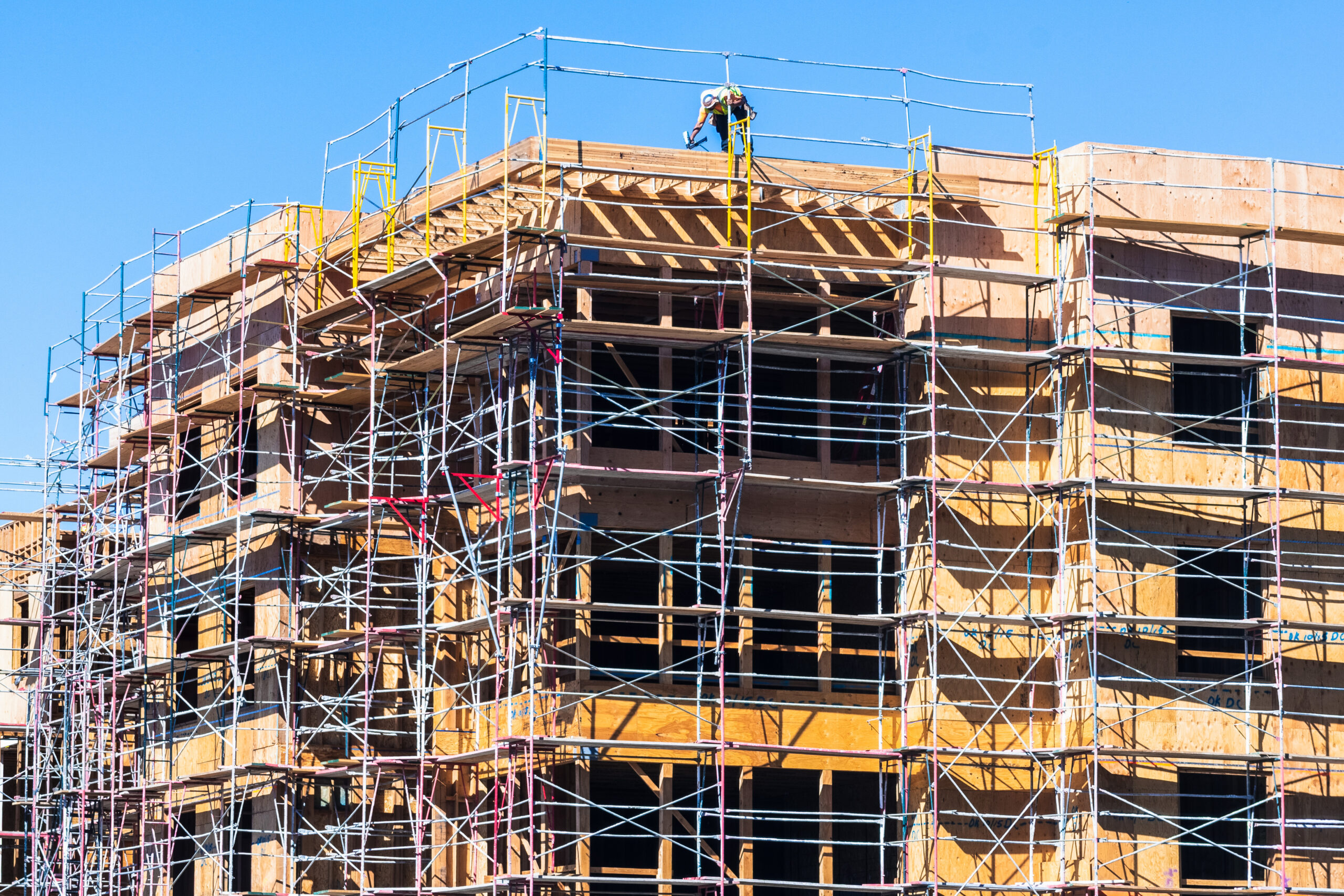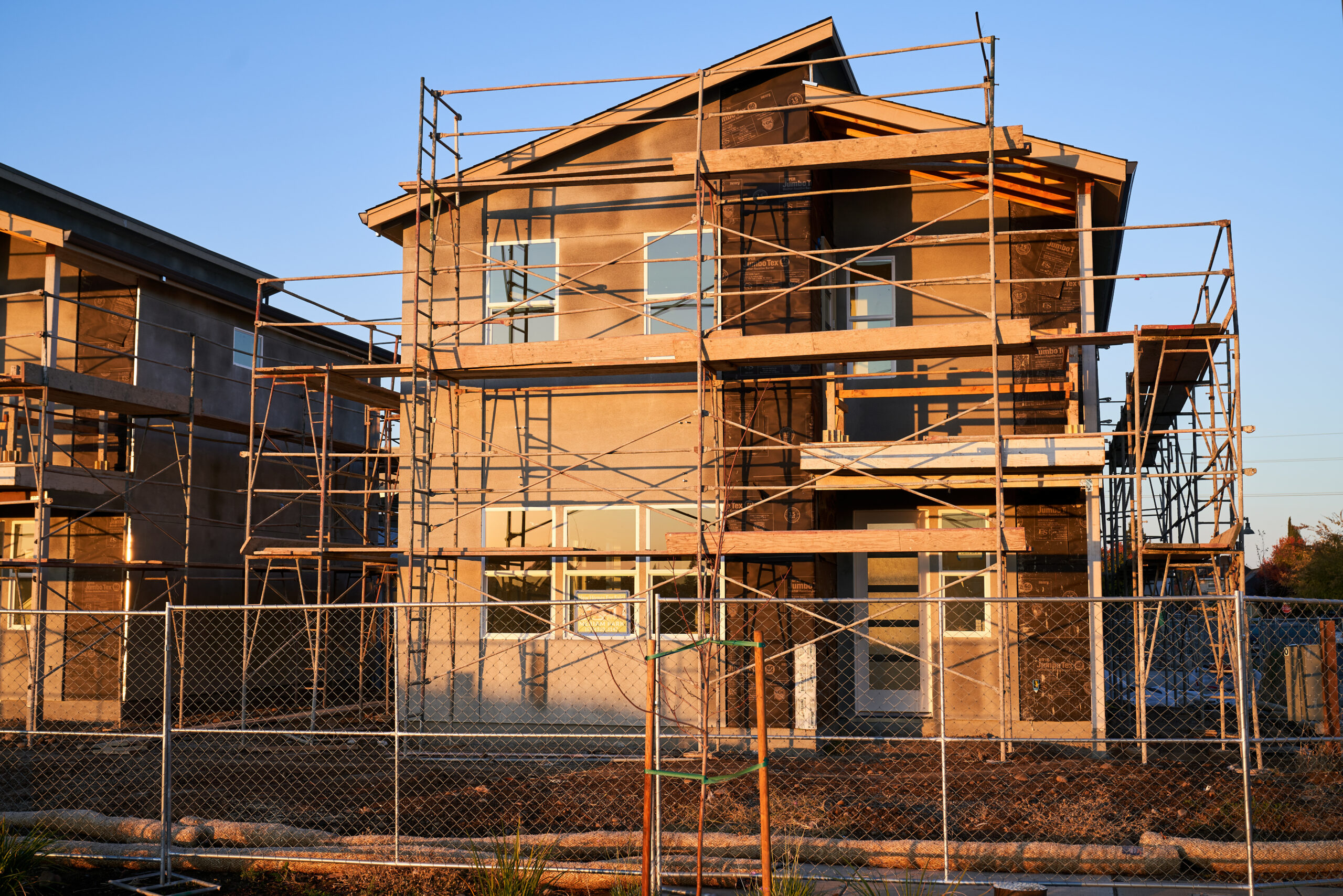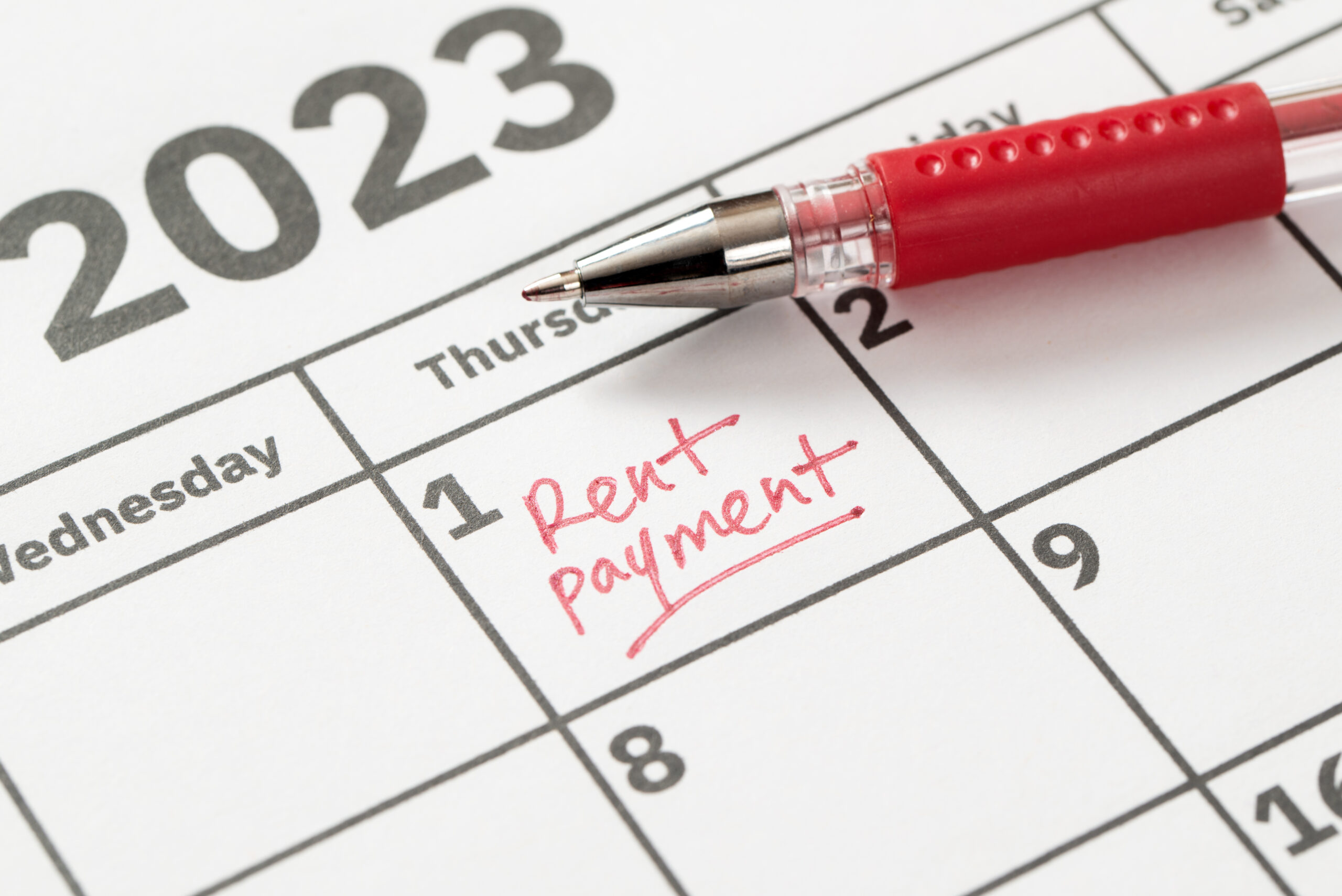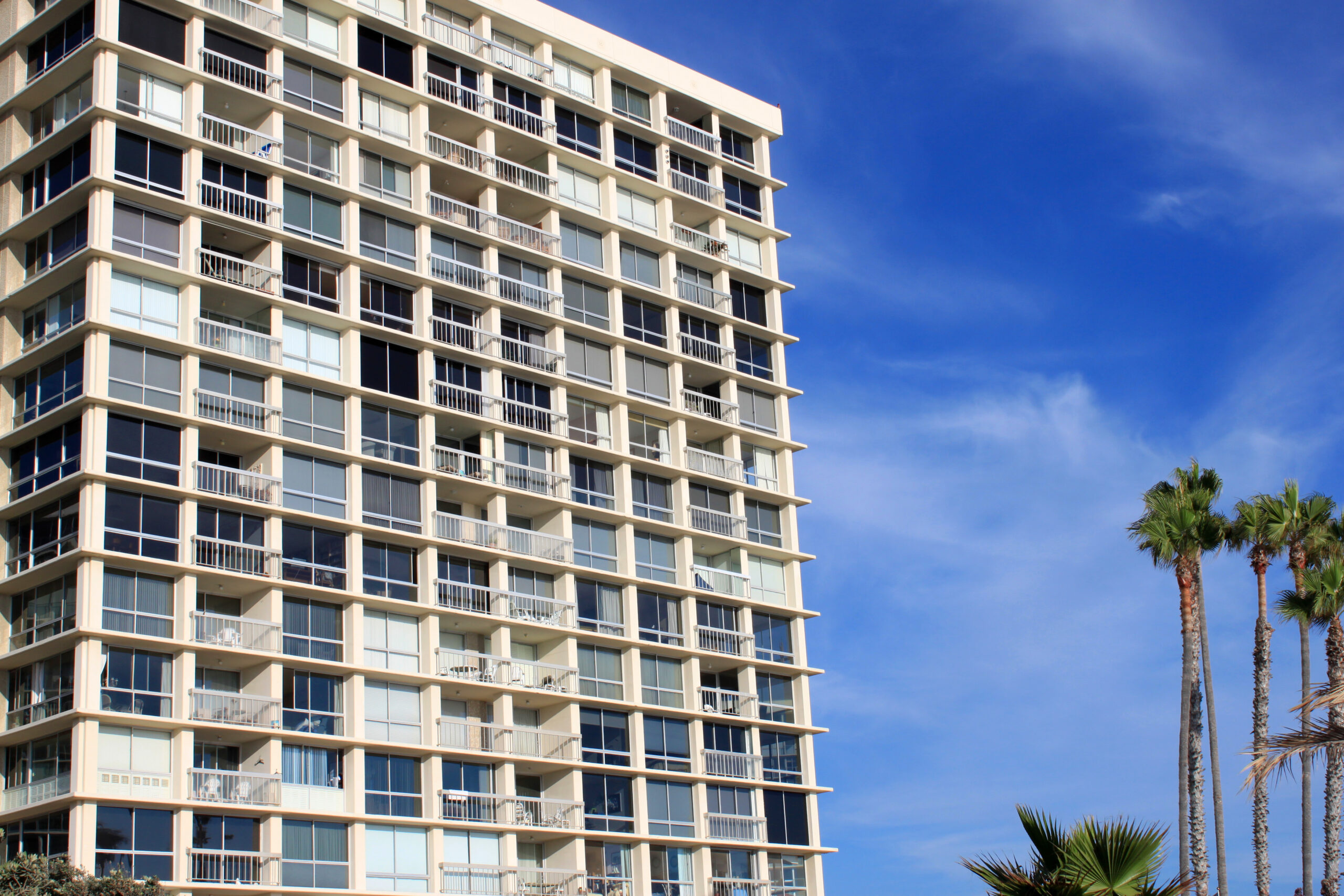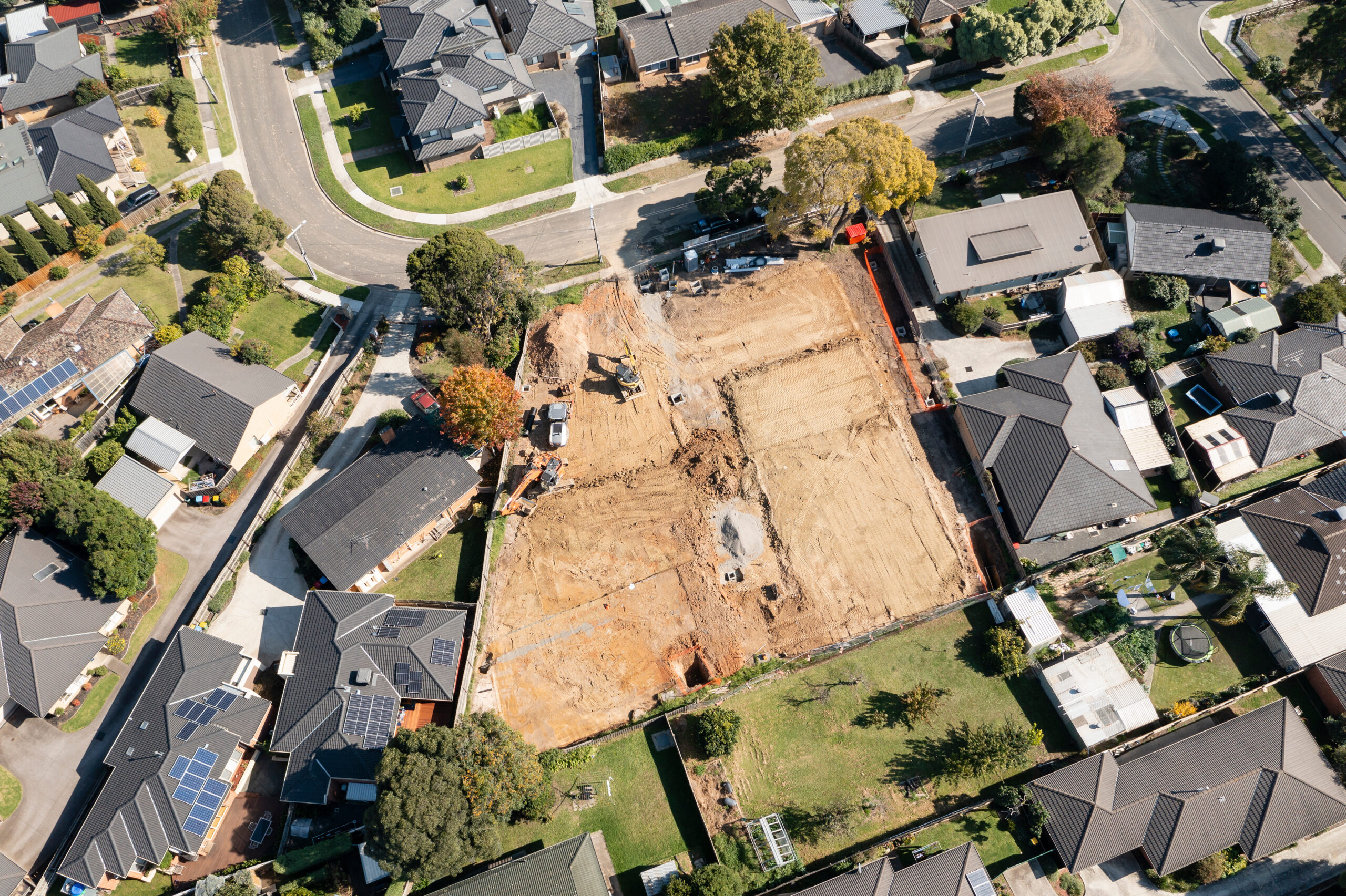Below is a round-up of some items introduced before the Board of Supervisor’s summer recess, which will run from July 31st to September 4th. Update to Ordinance That Would Expand Allowable Commercial, Restaurant, and Retail Uses In early June, Mayor Breed and Supervisors Engardio, Dorsey, and Melgar introduced an ordinance aimed at reducing zoning restrictions to allow more types of commercial use on the ground floor of certain neighborhood commercial and residential districts. For an in-depth overview of this legislation, see our June 22nd update. On July 25th, the Mayor substituted an amended version of this legislation. It has been assigned to the Land Use and Transportation Commission, where it will likely be heard in the early fall. Changes in the updated version appear minor, and include: allowing formula retail restaurants with conditional use authorization at the ground floor in the Mission Street Formula Retail Restaurant Subdistrict; retaining the flat prohibition on formula retail pet supply stores or restaurants in the Geary Boulevard Formula Retail Pet Supply Store and Formula Retail Eating and Drinking Subdistrict; correcting the summary description of maximum number of eating and drinking uses that would be allowed in the Mission Street NCTD to 197 (from 179); and clarifying that formula retail and restaurant controls would be amended in certain residential districts, as well as commercial districts. A Tweak to Prop X Section 202.8 of the Planning Code, enacted by voters in 2016 as “Prop X”, limits projects that would convert Production, Distribution, and Repair (“PDR”) uses, Institutional Community uses and Arts Activities uses in certain Eastern Neighborhoods Plan areas and Central SoMa. With limited exemptions, Prop X imposes specific replacement requirements for projects that would convert building space where the prior use was: a PDR use of at least 5,000 square feet; an Institutional Community use of at least 2,500 square feet; or an Arts Activities use. On July 25th, Supervisor Dorsey introduced an ordinance that would create an exemption from Prop X replacement requirements for projects proposing change of use from one of the listed uses above to another listed use, or to new Institutional Education uses, in areas zoned SALI, MUO, SLI, MUG or MUR as of July 1, 2016. This could allow for a more efficient change of use process, encouraging continued use of buildings. This legislation would require a supermajority vote (i.e., 8 members) of the Board to pass, and has been assigned under the Board’s 30-day rule to the Land Use and Transportation Committee for review. Vacant Storefront Fee Waivers Currently, owners of vacant or abandoned commercial storefronts are required to register the storefront with the Department of Building Inspection (“DBI”) within 30 days of a vacancy or abandonment, pay an annual registration fee, and to renew the registration annually. On July 25th, Mayor Breed introduced an ordinance that allows the Director of DBI to waive the annual registration fee for storefronts that comply with City and state law, do not contribute to blight as defined by the Administrative Code, and are ready for occupancy and being offered for sale, lease, or rent. This ordinance has been referred to the Building Inspection Commission for comment and recommendation. Reduction of Entertainment Permit Requirements On July 25th, Mayor Breed introduced an ordinance that could reduce entertainment permit requirements citywide, encouraging a sector that will draw in locals and tourists alike. The ordinance, which has been referred to the City’s Small Business Commission for review, would do the following: waive the initial license and filing fees through June 30, 2025, for certain Entertainment Permits for current or former holders of Just Add Music Permits; waive initial license and filing fees for Entertainment Permits for applicants who are newly eligible to apply for those permits due to recent Planning Code amendments; eliminate masked ball permits; require applicants for Arcade, Ancillary Use, billiard and pool table, Place of Entertainment, Limited Live Performance, Fixed Place Outdoor Amplified Sound, and Extended-Hours Premises Permits to submit a new Permit application and filing fee if their existing application has not been granted, conditionally granted, or denied within 12 months of its submission; authorize the Entertainment Commission Director to issue billiard and pool table permits without a hearing, and allow them to be suspended or revoked under the standards that apply to other Entertainment Permits; eliminate the requirement that applicants for Place of Entertainment Permits disclose criminal history information regarding certain individuals connected with the applicant business; narrow the categories of new criminal charges, complaints, or indictments brought against a Place of Entertainment Permittee or its employees or agents that the Permittee must report, to only those charges, complaints or indictments that could be grounds for suspension of the Permit; and allow the Entertainment Commission Director to require an applicant for a Limited Live Performance Permit to propose a Security Plan if necessary to protect the safety of persons and property or provide for the orderly dispersal of persons and traffic, to make compliance with the Security Plan a condition of the Permit, and to require revisions to the Security Plan as necessary. Decline in Value Tax Appeals are Due Soon Tax bills are in the mail for the 2023/2024 tax year. Many commercial owners have experienced a decline in income and property value due to reduced occupancy and rental rates. Some residential neighborhoods have also declined in value. The good news is that there is the possibility for some temporary real estate tax relief. Property owners have the right to file decline in value appeals (also referred to as Prop. 8 appeals) to account for such market conditions. The deadline for properties located in San Francisco is September 15, 2023. Alameda County’s deadline is also September 15, 2023. Contra Costa County and San Mateo County give a bit more time – November 30, 2023 is their deadline. (Deadlines are taken from each County’s website.) If you would like more information about a real estate tax appeal, contact Kevin Rose at krose@reubenlaw.com. Authored by Reuben, Junius & Rose, LLP




